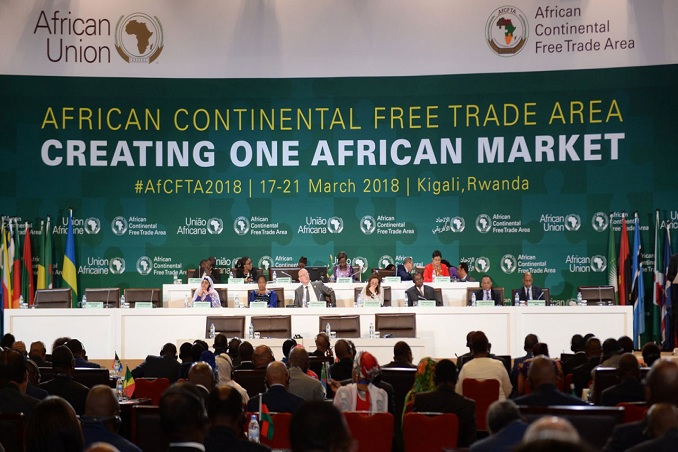The African Continental Free Trade Area (AfCFTA) agreement is a distinct game changer for Africa. It is a driven trade agreement that frames the world’s most significant free trade area by joining nearly 54 African nations. On 21 March 2018, the African Union (AU) settled the agreement and was signed by 44 member states in Kigali, Rwanda. Trading under the deal was initiated on 1 January 2021.
As per the World Bank, the AfCFTA can uplift millions out of poor living standards and add $76 billion in revenue to the entire world. Its maximum capacity will rely upon setting up trade facilitation measures and significant policy reforms. As the worldwide economy is in disturbance because of the growing COVID-19 pandemic, creating the vast AfCFTA regional market is a significant chance to support African nations to expand their development, exports and draw in more direct foreign investment.
Related Posts
The African Continental Free Trade Area’s financial and distributional results are intended to guide the policymakers to make policies that can reduce risk and boost the agreement’s potential growth. To carve a path for a continent-wide market will need a solid effort to decrease all trade charges.
According to the World Bank report, by 2035, the volume of entire exports would grow nearly 29% compared with the market as usual. It will increase the Intra-continental trade by over 81%, while exports to non-African nations would increase by 19%. However, the effective execution of this economic accord will be a long and uphill journey.
Political unrest, gaps in infrastructure, and security threats are hindrances to free trade in many parts of Africa. According to the policymakers, the free movement of labour will be a vital contributor to the fruitful working of the free trade area; however, not all African nations are comfortable with the concept.

